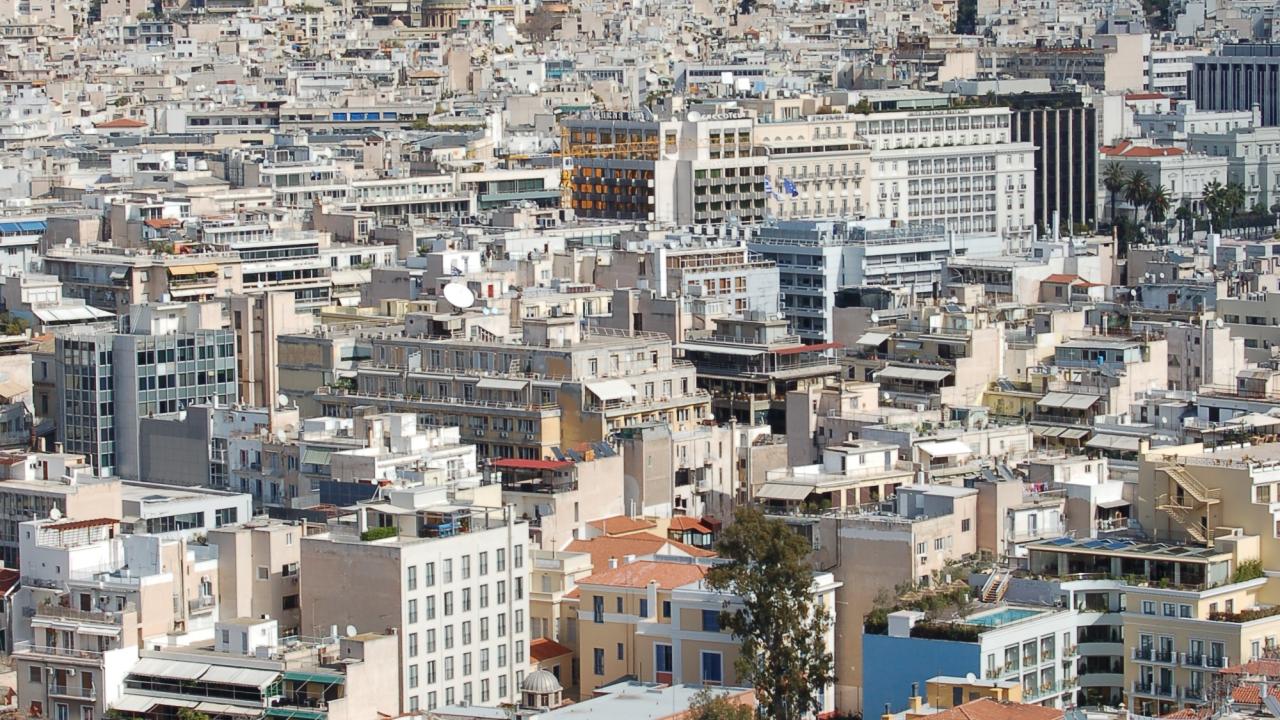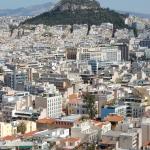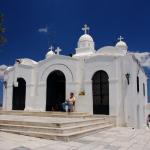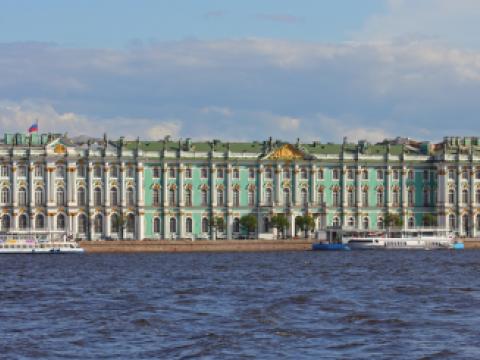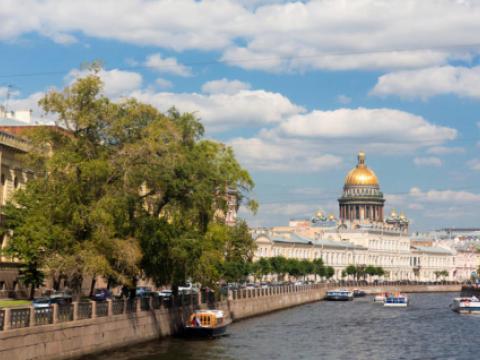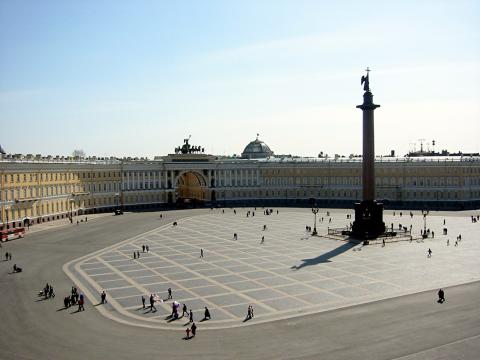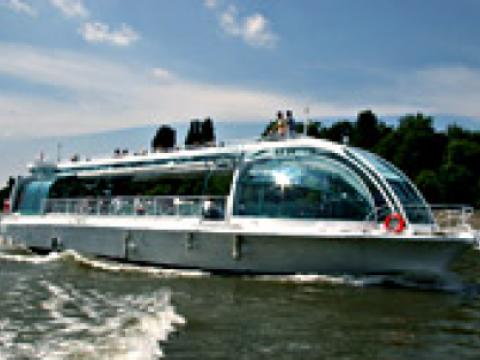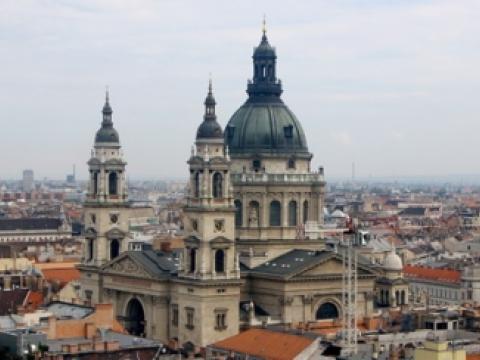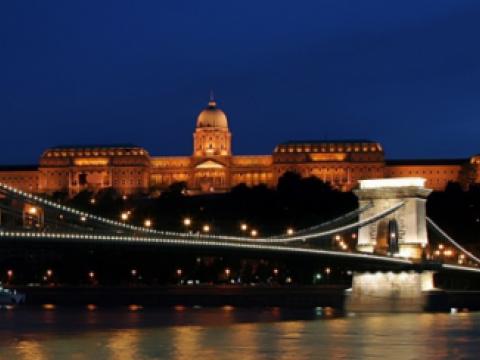Location
Mount Lycabettus is one of teh best panrama oints to view the whole city of Athens. The cretaceous limestone hill is 277 meters above sea level and the is highest point of Athens. On top of the hill you can find the 19th century Chapel of St. George, a theatre and a restaurant.Greek legends know that Mount Lycabettus was created when Athena dropped a mountain she had been carrying from Pallene for the construction of the Acropolis.
The hill is fairly popular and can be ascended by the Lycabettus Funicular, a funicular railway which climbs the hill from a lower terminus at Kolonaki (the railway station can be found at Aristippou Street).
Get the metro from Monastiraki and get off at Evangelismos station, from there it is easy to walk up the path that starts at the end of Aristippou Street in Kolonaki and winds upwards. Or you can opt for the funicular which leaves from Ploutarchou and Aristippou Streets.
Full ticket: € 4, Reduced ticket: € 2
Opening times:
From the 1st of April
Monday - Sunday 8 am – 3 pm







